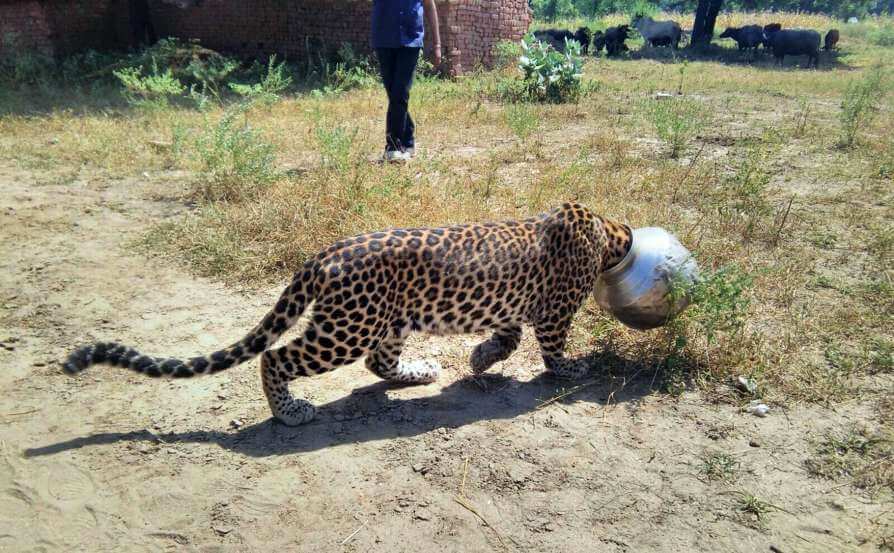The intensity and frequency of human-wildlife conflicts has escalated in recent decades due to the exponential increase in the human population over the past century and the subsequent encroachment of human activities on wilderness areas. In Rajasthan, the leopard is the most common carnivore involved in conflicts with humans.
Human Wildlife Conflict
In simple terms, Human-Wildlife Conflict is any interaction between wildlife and humans which causes harm, whether it is to the human, the wild animal, or property. (Property includes buildings, equipment, livestock and pets, crops fields or fences.)
Human – Wildlife Conflict (HWC) is defined as ‘interaction between humans and wildlife where negative consequences, whether perceived or real, exists for one or both the parties when action of one has an adverse effect on the other party’.
Conover, 2001; Decker et al., 2002
It has been in existence for as long as wild animals and humans have co-existed and shared the same resources. Historical records from Nile Delta revealed that hippopotamuses raided crops while crocodiles attacked livestock in Egypt while elephants had been raiding crops all across Africa and other parts of world (Barnes, 1996).
Some examples of human-wildlife Conflict:
- Predation on livestock or domestic animals by wildlife like leopards.
- Damage of crops & fences
- Birds nesting in undesirable residential locations
- Wild animals being killed in road, train accidents.
Reasons for rising Human-Wildlife Conflict in Rajasthan
- Development of roads, railway tracks within forest areas and accidents caused by speeding vehicles.
- Grazing of livestock in forest areas.
- Pressure is exerted on protected areas by extraction of fodder, timber and non-timber forest products and illegal occupation.
- Increasing human population and ever expanding human settlements.
- Shrinking natural habitats for wild animals as more and more land is diverted towards human requirements.
- Damage to crops and livestock by wild animals.
- Sometimes, natural factors like droughts, bush fires, climatic changes also contribute to human-animal conflicts.
Ways to Mitigate Human Wildlife Conflict
- Physical Barriers: Barriers whether natural (rivers, mountains) or man-made (wire fencing, walls) that separate adjacent wildlife & human settlements.
- Increasing Awareness: Engaging with affected communities and foster awareness about conflict mitigation techniques, wild animal’s social behaviour and ecological importance, and government policies and legal frameworks that protect the species.
- Tans-location: Translocation of human communities or problem animal.
- Compensation Policy for damage caused by wild animals to agricultural crop and property, killing of livestock and human beings.
Recent Initiatives
In July 2016, Wildlife Trust of India initiated Project Pardus Conservation, a Rapid Action Project (RAP) conducted in partnership with Hope & Beyond and supported by the David Shepherd Wildlife Foundation, to address issues of conflict and the attendant fall in leopard numbers in the Nahargarh and Jhalana regions of Jaipur.
Human-Wildlife Interactions: Something to learn from Rajasthan
- The unique co-existence of leopards and humans in Bera Village where man-animal conflict is largely absent.
- Love & protection extended by Bishnoi villages to blackbucks and chinkaras.

